As quickly as new materials are added to the portfolio, it’s with equal enthusiasm and speed we perceive the key role in the future success of engineering industries to be played by technical ceramics in the UK.
A tendency to promote the case of one material over another can develop, but how they fit in may be just as important, as is how flexible they can be, what they provide in terms of design parameters, feasibility of supply and manufacture and competitiveness of cost.
So, a balanced approach when considering bullish industry predictions centers on the question ‘is it all hype?’. There is only one clear answer- it isn’t.
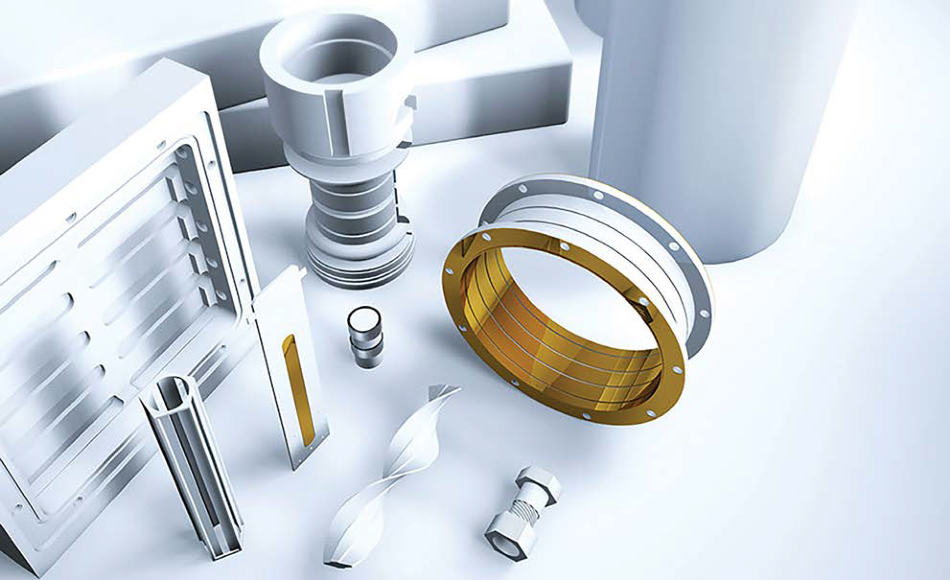
Image Credit: The Advanced Materials Show
In the most recent report tackling this manufacturing sector, published in summer 2019 by TMR (Technical Ceramics Market: Global Industry Analysis, Share, Size, Growth, Forecast and Trends), the researchers imagine in the next eight years there will be fast and sustained expansion at a CAGR of 6.68%. This will propel sales over the US$150 billion mark by the close of 2020.
What Does This Mean for the Sector in the UK?
If the ambitions so clearly laid out by the British Ceramic Confederation (BCC) for the industry as a whole are met, something that would see direct and supply-side sales reaching £4 billion in 2020, then at the current rate technical ceramics will account for close to £500 million in UK-generated sales.
It can be argued that exponential growth in the field could see this performance surpassed and, of course, the overall revenue contribution to the country is much greater since Britain is home to a couple of internationally significant groups with manufacturing plants around the globe and multi-million pound sales on their own.
From a trading point of view, the forward movement appears to be borne out by the most recent government-generated figures (ONS, September 2019). The Producer Price Index – using weighting against a base year (in this case 2010 = 100) – remained relatively stable throughout February 2018 to May 2019 for technical ceramics (around 140.8), but has increased at the end of 2019 to 141.2.
There has been an elevated level of government interest, recognizing the vital contribution both technically and economically, due in no little part to the actions of the BCC and the formation of an All-Party Parliamentary Group for Ceramics.
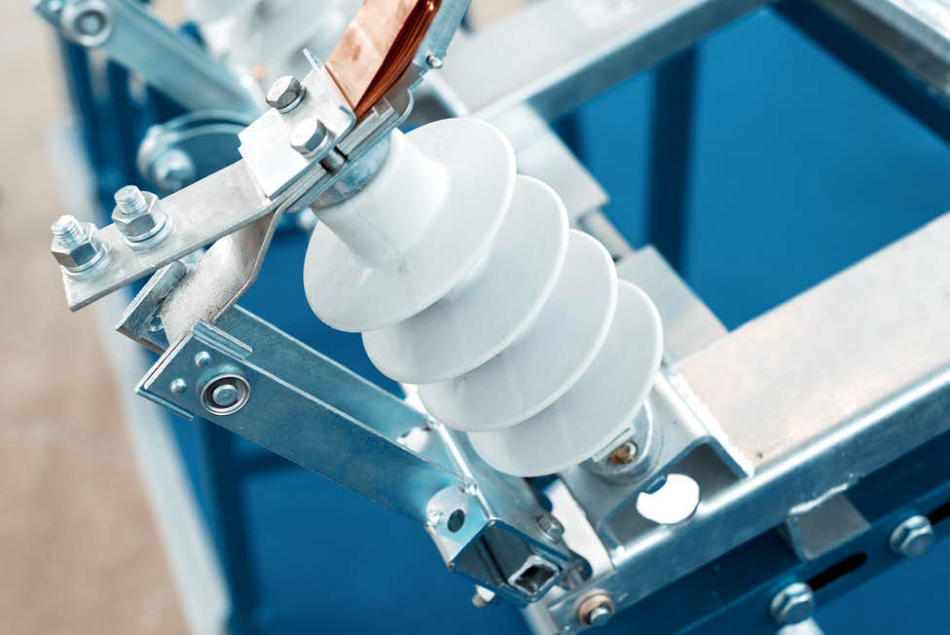
Image Credit: The Advanced Materials Show
In the industry itself, development work in the last ten years has resulted in notably greater acceptance of advanced ceramic materials by, design engineers and, as has led to improved commercial viability.
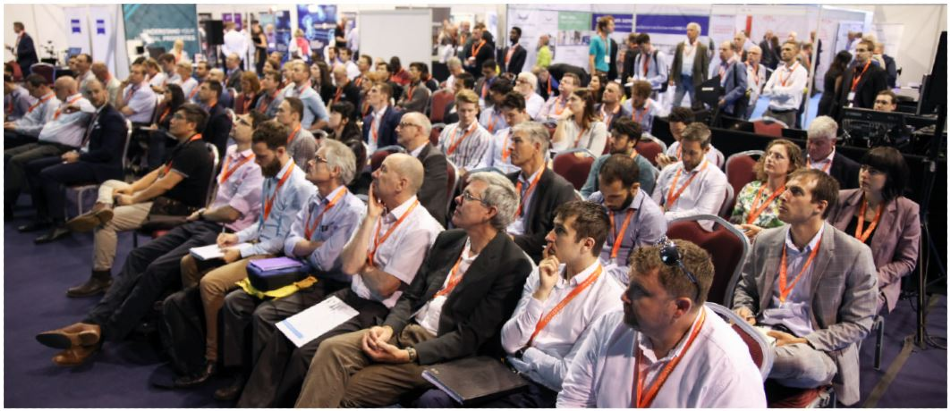
Image Credit: The Advanced Materials Show

Image Credit: The Advanced Materials Show
The whole area of technical ceramics in this country particularly for engineering – has been moving through exciting times during the last industrial cycle and this has led directly to far more interest being shown in these products and an upswing in sales.
The sector embraces quite different ranges of materials and properties, but a positive impact on both performance and cost fronts is reflected in real, measurable results. If I look at our own position, then just five years ago sales of technical ceramics accounted for 5% of our turnover. Today, that proportion has risen to 20%, which I think tells its own story.
Phil Green, Sales Director, IPS Ceramics
Connecting to manufacturing technology research while also focusing on the circular economy and decreasing energy demand for material production has a significant role to play. Through its Ceramics Research Area, the Engineering and Physical Sciences Research Council (EPSRC) continues to provide support.
As the team there has pointed out, “In the future, it will be valuable to work more closely with the manufacturing sector...as the use of technical ceramics becomes more important (e.g. implantable devices, sensors, and both functional and structural ceramics for nuclear fusion reactor systems). Ceramics for high-temperature and high-pressure applications remain strategically important, and ceramic matrix composites have the potential to be disruptive technologies in the aerospace and defense sectors.”
The proportional value of the EPSRC portfolio in this field is presently worth around £10 million, illustrating how seriously technical ceramics’ contribution is being considered.
A prevailing factor in the uptake of technical ceramics is the intriguing combination of chemical, electrical, mechanical and in-service properties that they possess. These comprise of, but are not limited to, the following:
- Thermal stability
- High hardness
- Corrosion, wear and chemical resistance
- Resistance to thermal shock
- High mechanical strength
- Electrical conduction
- Electrical insulation
- UV resistance
- Electromagnetic compatibility (EMC)
- Biocompatibility
- Potential for transparency (glass-ceramic)
- Potential for miniaturization
- Low specific weight
- Low thermal expansion coefficient
- Low friction coefficient
- Long life cycles
- Suitability for high temperature environments
- Machinability
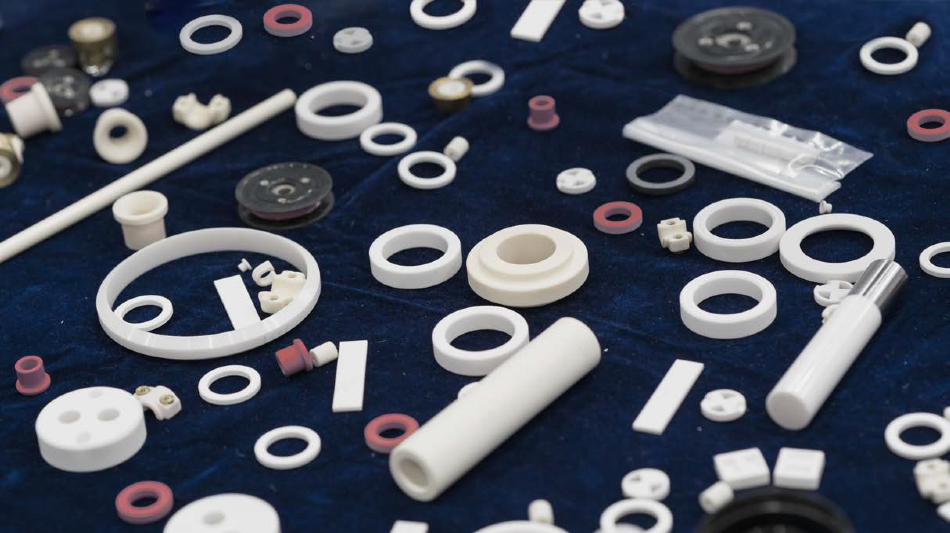
Image Credit: The Advanced Materials Show
Innovators, design engineers and production managers have a wide portfolio of materials, each type coming with its own unique qualities, from which to choose from. Steatite, alumina, zirconia and electroporcelain are used very extensively, while silicon carbide (SiC) has grown as a material of choice for a broad variety of applications.
Other specialist, but no less significant, members of the family include aluminum nitride, boron nitride, silicon nitride, boron carbide, YTZP, advanced cordierite, glass-ceramics and hybrids such as ATZ.

Image Credit: The Advanced Materials Show
Almost everyone has a degree of familiarity with some typical electrical products, where technical ceramics were able to have a substantial effect many years ago, but perhaps are less familiar with advanced manufacturing components in which their present role is irreplaceable. The dominant user sectors which drive change and the search for excellence, are space/aerospace, automotive, medical, electronics, energy, and defense.
Another consideration, and a challenge for British industrial engineers, is how technical ceramics are manufactured, as well as where they are used. This presents challenges for equipment and systems suppliers, occasionally leading to not only a transformation in approach but a growth in business.
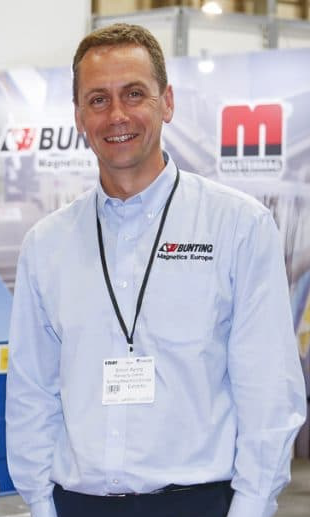
Image Credit: The Advanced Materials Show
In 2019, the Bunting team has been discussing issues of iron contamination with specialist ceramics manufacturers, especially from the technical sector. Companies have adapted the ceramics expertise of a skilled and knowledgeable workforce, applying it to manufacture specialist ceramic products. For these there is less competition from the high volume, low cost economies such as China.
Simon Ayling, European Managing Director, Bunting
Ayling added, “For Bunting, the change has breathed new life into sales for high strength magnetic separators. Higher specification ceramics mean an increased need for enhanced iron removal. The UK has always held a global reputation as a leader in ceramics production, although as we approach 2020 it is simply in a more specialist field. Long may it continue.”
In the context of Ceramics UK, the automotive sector cannot be ignored, in particular Britain’s burgeoning electric and hybrid vehicle (EV/HEV) industry and crucial associated technologies such as battery cell and thermal management systems.
Significantly, The Advanced Materials Show and Ceramics UK will take place at NAEC Stoneleigh (seven miles south of Coventry) as this places it down the road from London Electric Vehicle Company, Jaguar Land Rover, University of Warwick, Coventry University, the National Automotive Innovation Centre, WMG’s Energy Innovation Centre, and the brand new £126 million UK Battery Industrialization Centre due to open in 2021.
Technical ceramic components already appear throughout the EV spectrum and, as one leading global manufacturer recently stated, “are highly reliable in extreme duty applications to last (or outlast) the lifetime of the equipment, making them nearly essential to hybrid and electric vehicles…(these) products are infinitely customizable.” Everything from bearings, microelectronics, pump components, lighting, seals, and electrical insulating materials to cladding, specialty coatings, power electronics, high-performance sensors, sound abatement, thermal management systems, and advanced screens and visualization may be seen.

Image Credit: The Advanced Materials Show
The most recent figures from The Society of Motor Manufacturers and Traders (SMMT) illustrate all-electric vehicle registrations for September 2019 up nearly 240% over September 2018, over which period the EV market share has tripled. HEV and PHEV registrations were also on the rise, while there was important progress in much smaller, specialist areas – MHEV (petrol) up 92% and MHEV (diesel) up 678%.
In addition, this is by no means the extent of the potential offered to the ceramic industry by e-mobility transformation. Within a generation, connected and autonomous vehicles (CAVs) are predicted to create a huge impact. They are planned to be hitting our roads by 2021 and it is estimated by the UK Government’s Centre for CAVs that by 2035 the market for connected and automated vehicles will be worth £52 billion.

Image Credit: The Advanced Materials Show
The UK has been leading the way in much important work associated with operating at the nanoscale, like at WMG at the University of Warwick (a founding partner of the new co-located exhibitions at Stoneleigh).
WMG has a research program on ceramic nanomaterials that centers on the characterization and processing of ceramic materials and highly-loaded polymer-ceramic nanocomposites for an array of structural and functional applications.
It conducts experiments to understand how to control and enhance the mechanisms which result in the best material microstructure, such that the processing can be optimized and reach peak efficiency.
Applications for these nanoceramics have a broad range and include materials for acoustic damping, superconducting magnets, solid state batteries, ceramic armor materials, metamaterials for wear surfaces, electromagnetic devices, all-ceramic joints and biomaterial bone replacement scaffolds.
Despite a few broader business opportunities allowed by the presence of big global players, around three quarters of suppliers and manufacturers in the British ceramic industry are SMEs. It should be recognized what this brings when it comes to the willingness to innovate, ability to adapt, and close connection with markets. As Richard Gnodde, CEO of Goldman Sachs International, underscored at the recent Business 2030 conference (in the context of the GS 10,000 Small Businesses UK Programme): “Small businesses are responsible for the majority of all private sector turnover and employment in the UK. Not only are they critical to national prosperity, they are at the heart of our communities. They are dynamic and agile innovators.”
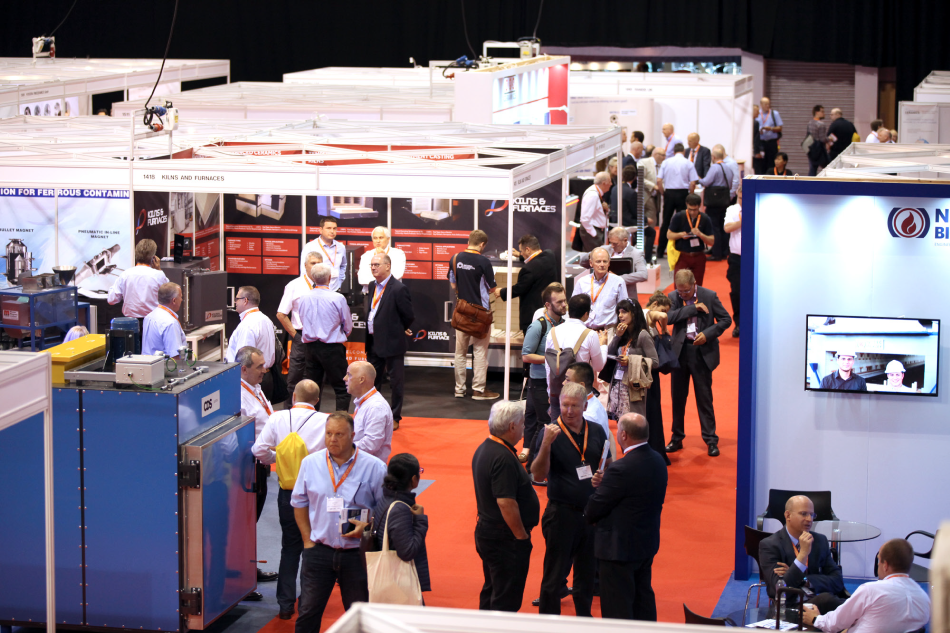
Image Credit: The Advanced Materials Show

This information has been sourced, reviewed and adapted from materials provided by The Advanced Materials Show.
For more information on this source, please visit The Advanced Materials Show.